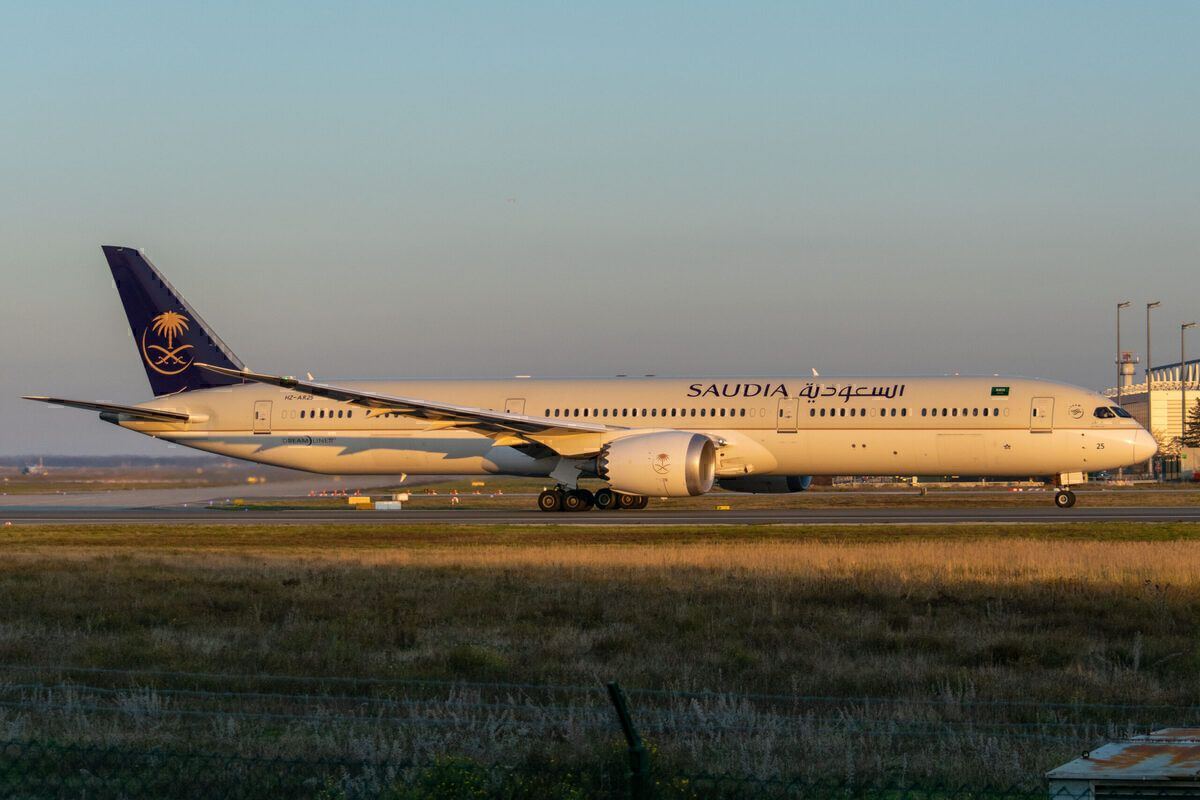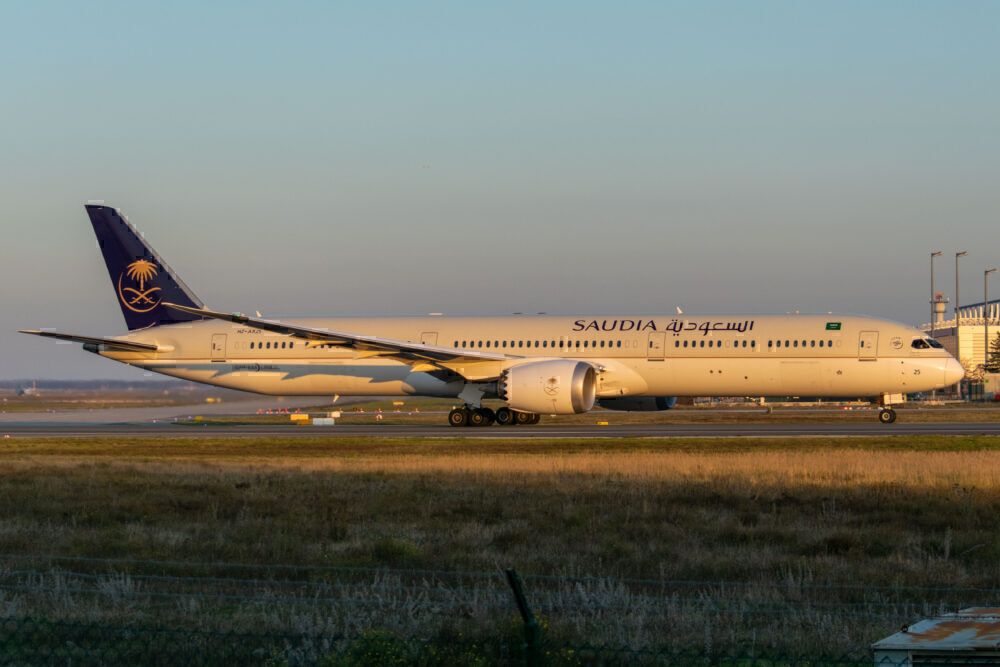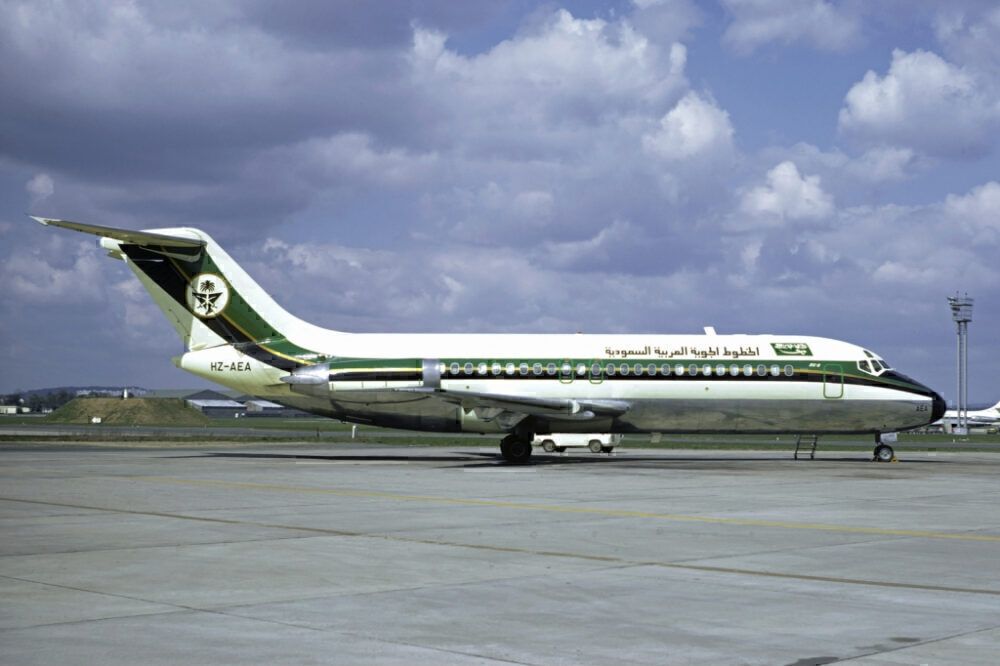Saudia or, as it was first called at its inauguration in 1946, Saudi Arabian Airlines, operates a fleet of close to 160 aircraft of varying types and sizes. Over the years, the Jeddah-based flag-carrier has flown over 550 planes. Let us take a look at the evolution from an operation of a single McDonnell Douglas DC-3 to now include almost 90 widebody jets.
One single DC-3 began it all at the end of WWII
Saudi Arabian Airlines is the third-largest airline in the Middle East in revenue, behind Emirates and Qatar Airways (considering pre-crisis figures). The carrier was founded in September 1945 as a wholly state-owned branch of the Ministry of Defense, albeit operated by Trans World Airlines (TWA) under a management contract.
It began operations with a single Douglas C-47, the military version of the DC-3, a gift from the United States government under Franklin D Roosevelt. However, scheduled services did not start until 1947, when it had acquired another four of the aircraft. By the end of the year, Saudi Arabian Airlines' fleet of DC-3s had grown to twice that size, and the carrier commenced flights to neighboring countries.
Two years later, the fleet was larger still and no longer consisted of only DC-3s, of which it now had 15, but also five Bristol 170s. However, the significant change to operations came in 1952, when the airline acquired four DC-4s. The greater range of the planes allowed its network to expand to several Mediterranean destinations. By 1954, it received the first of ten Convair 340s.
Stay informed: Sign up for our daily aviation news digest.
Entering the jet era with Boeing in 1962
Saudia Arabia Airline's first Boeings arrived in 1962 when it took delivery of two 720Bs. The carrier used its first jets to broaden its operations to the Western parts of the Arab world and select European destinations.
In 1967, three DC-9s joined the fleet, followed by two Boeing 707s shortly after. The carrier officially changed its call-sign to Saudia in 1972, the same year, the first of what was to be 26 Boeing 737s arrived. The airline ended things with the model in 2007, having sent off the last to Central African Republic operator Zasa. It was destroyed in 2015 during attacks between rival militia groups.
During the 1970s, Saudia also flew a huge fleet of 24 Lockheed L-1011 TriStar aircraft. A further two of these planes were the long-range L-1011-500, which were operated by Saudia on behalf of Saudi Arabian Royal Flight.
The carrier operated its first 747 service to London in 1977, having leased three of the jumbos from Middle East Airlines. The first of its own Queen of the Skies arrived in Jeddah in 1981. One year later, the first nonstop service from the Saudi Arabian capital to New York took off.
Saudia also began leasing Airbus aircraft in 1980, but it wasn't until 1984 that it received its first A300, of which it was to operate a total of 37.
Today's fleet
The airline operates over 60 Airbus A320s and A321s and no less than 32 A330s. But the bulk of its twin-aisle operations is made up of Boeing jets. The airline has 39 777s (including four freighters) and 18 787 Dreamliners. Five of the latter are of the stretched 787-10 variant, and the remaining 13 are 787-9s.
Have you flown with Saudia on any of its aircraft? Tell us of your experience in the comments.




